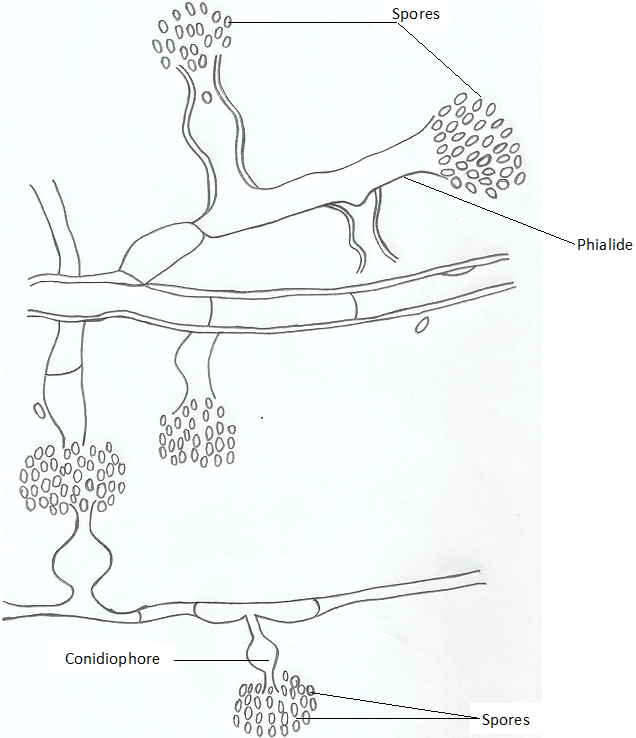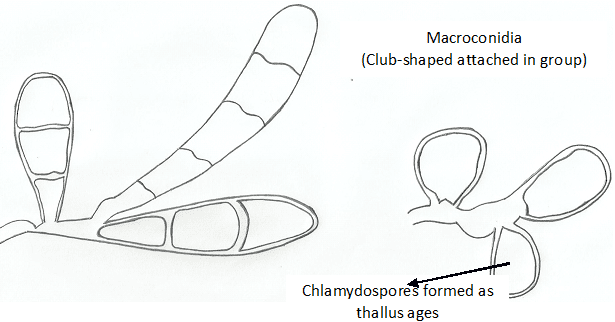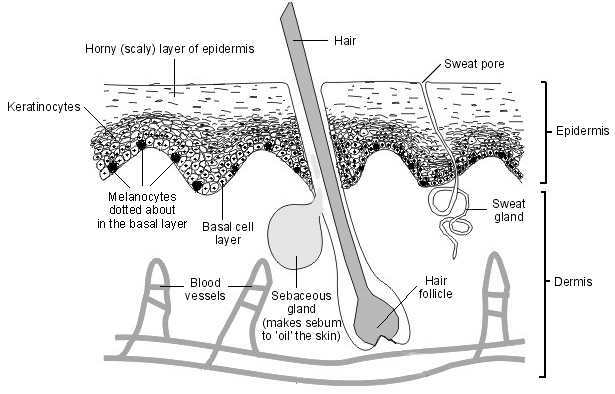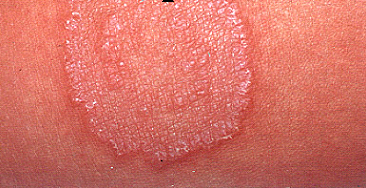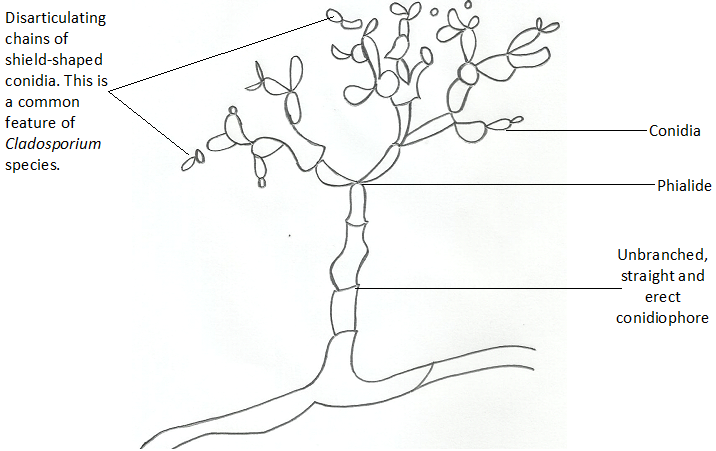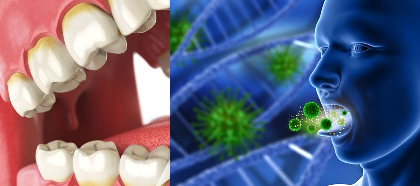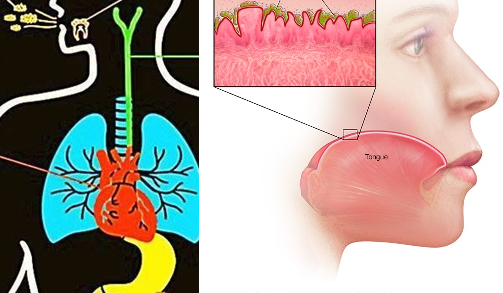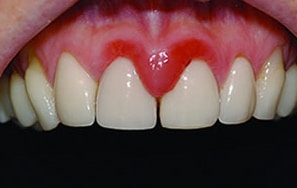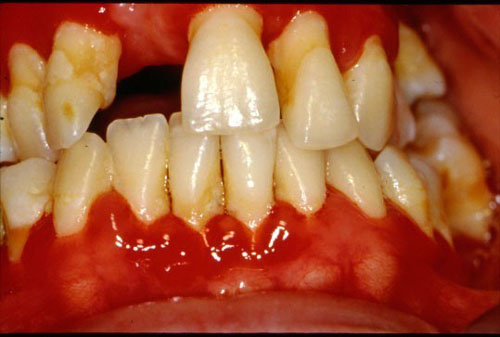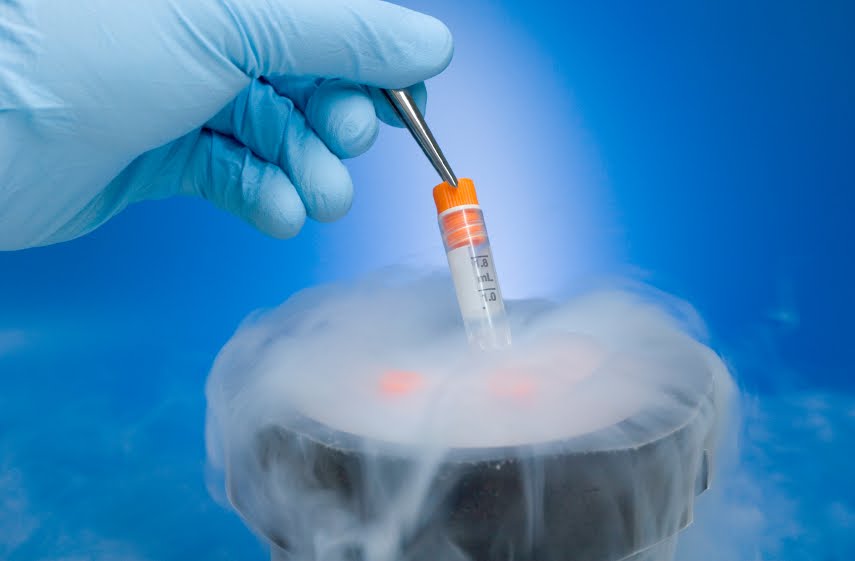SUBCUTANEOUS MYCOSES
Subcutaneous mycoses are fungal infections that affect the subcutaneous tissues below the skin, and the bone and other tissues occasionally. The subcutaneous tissue or layer is the part of the skin that lies beneath the skin and it contain large deposits of fats (e.g. in the buttocks and thigh regions). Apart from affecting the subcutaneous […]
SUBCUTANEOUS MYCOSES Read More »
Mycology
